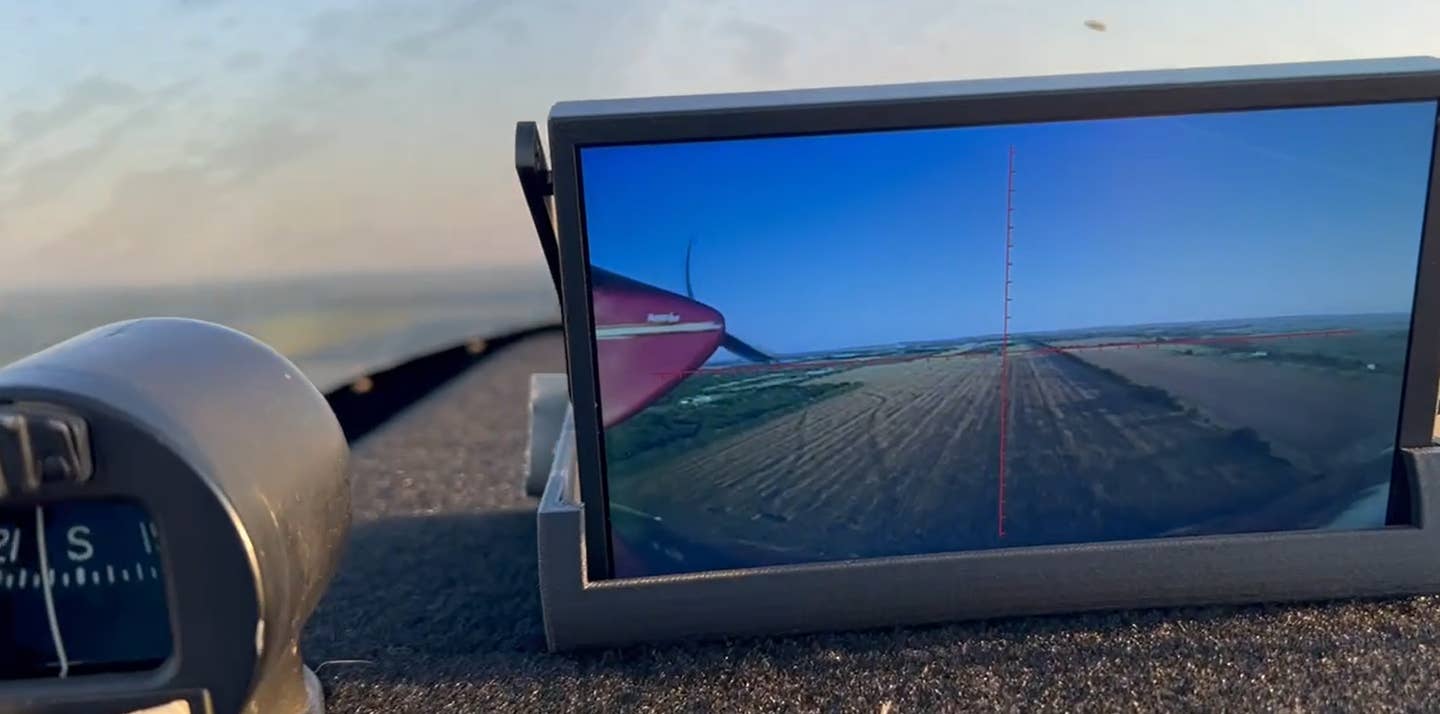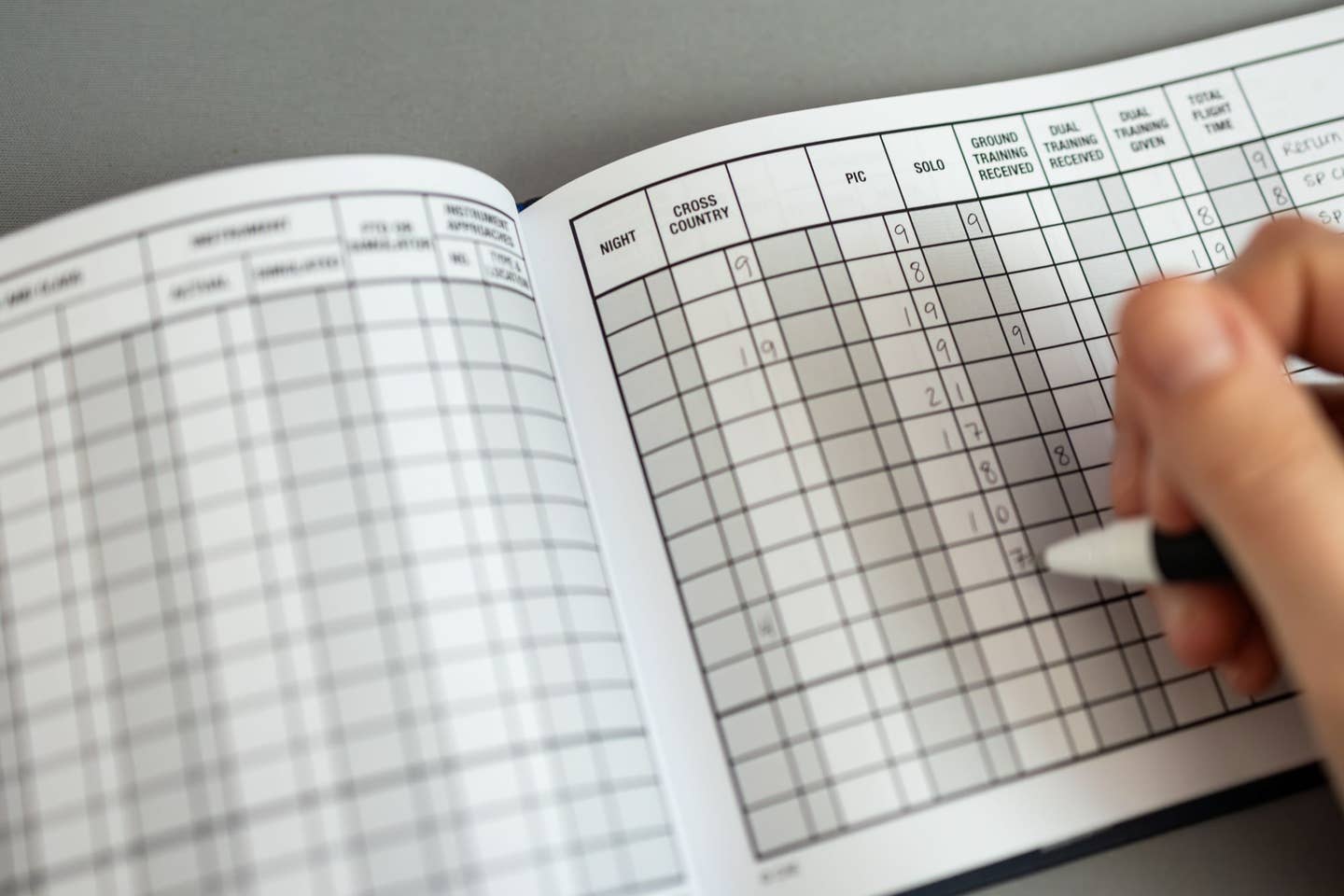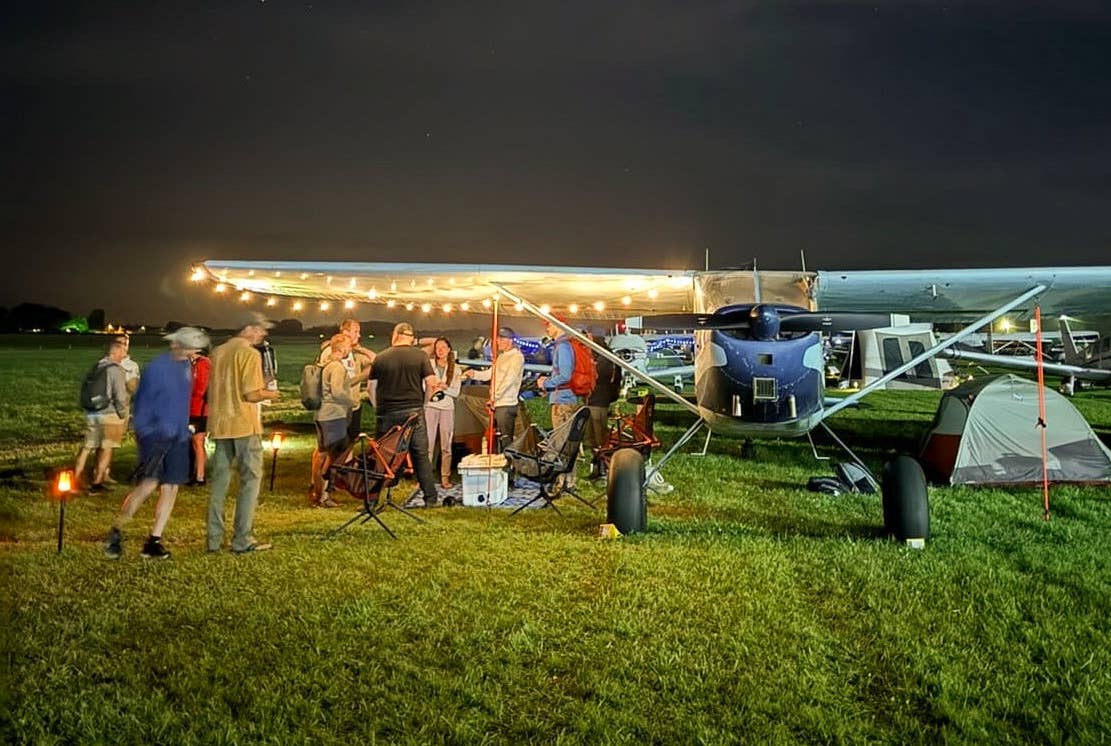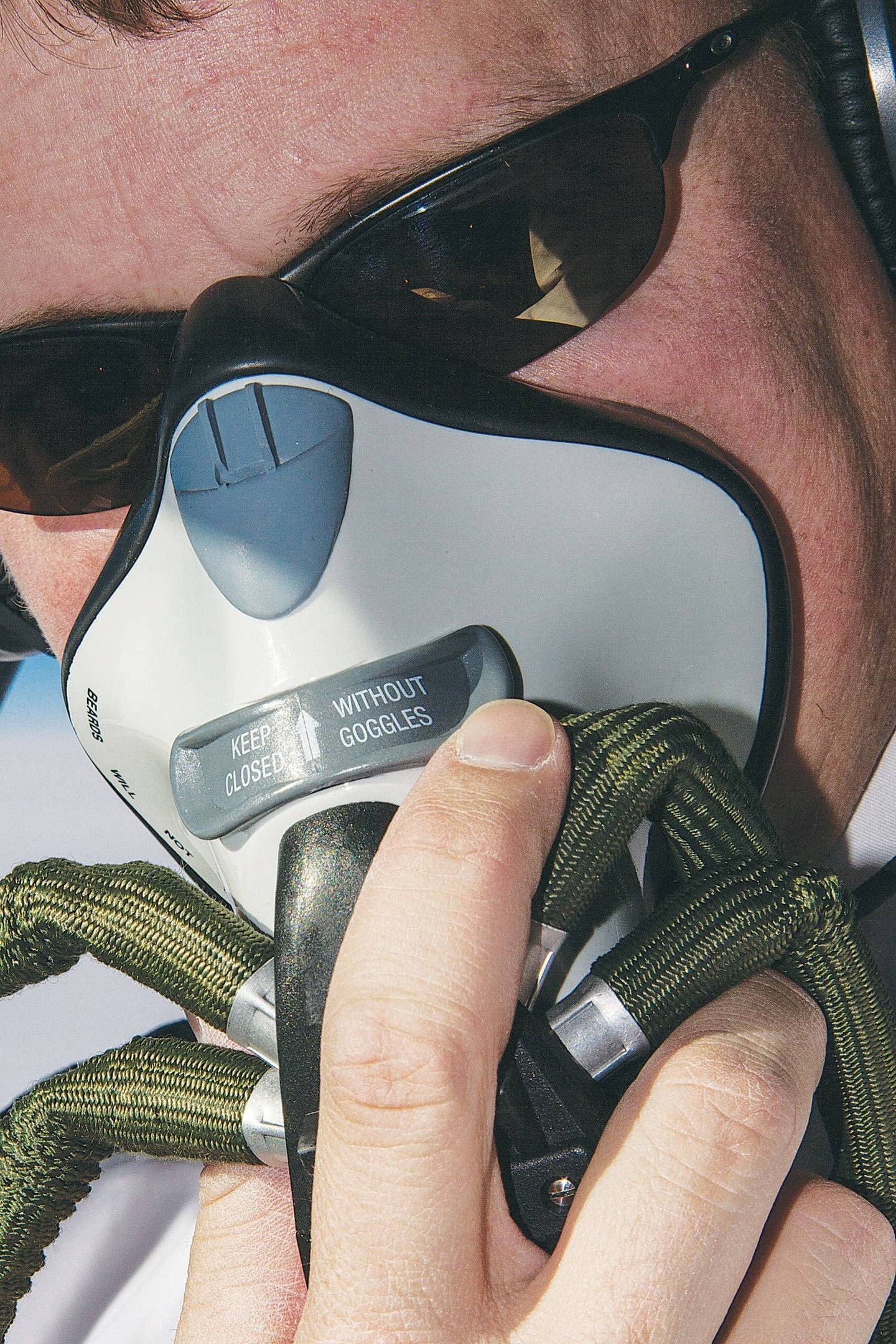
Cirrus Design
Two safety systems announced at last year's EAA AirVenture for Cirrus models have been approved by the FAA. The systems work within the Garmin Perspective avionics suite and use the avionics technology to enhance safety. The Electronic Stability and Protection (ESP) system provides control pressure when it perceives excessive pitch, bank or airspeed. It is not an autopilot, though it does use components of the Cirrus's autopilot to operate. ESP is meant to help pilots maintain control, working "in the background" and easily overridden when the pilot so desires. The second system is an automatic descent program that kicks in when it determines the pilot has become unresponsive from hypoxia at high altitudes. The system automatically commands a descent to an altitude where supplemental oxygen is not required. Cirrus vice president for domestic sales Jon Dauplaise said, "A Cirrus can now safely fly itself unassisted to lower altitudes in the rare case that the pilot is non-responsive for a period of time at altitudes where oxygen is required." The automatic descent system uses GPS positioning and terrain mapping from the Garmin Perspective avionics to ensure that the aircraft does not descend into high terrain.

Sign-up for newsletters & special offers!
Get the latest FLYING stories & special offers delivered directly to your inbox






